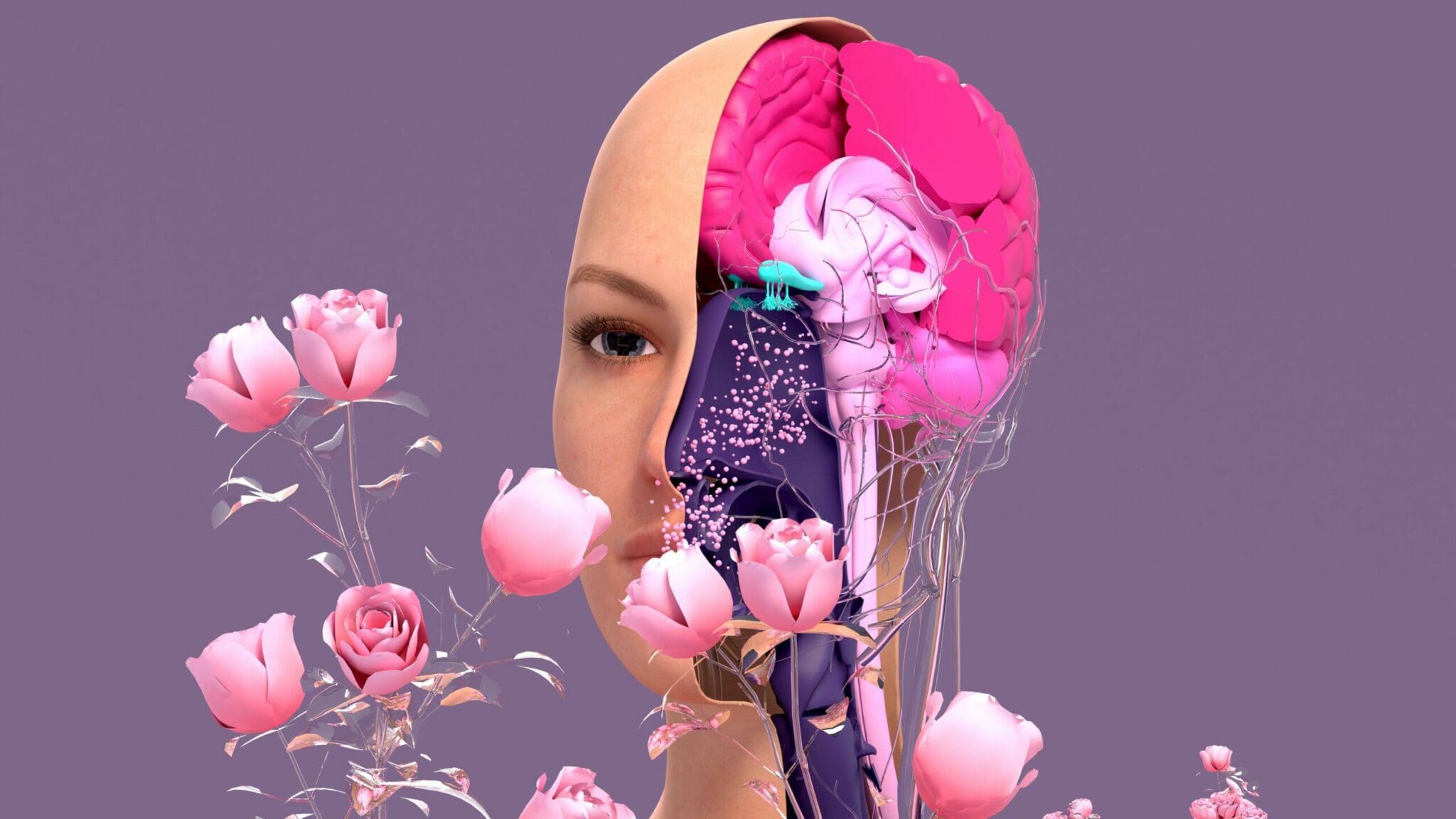Hot Business Trends 2023: Scent Goes Digital

Digitizing scents is a complex process, but innovative technologies have made significant progress in this area. In 2023, relevant innovations may appear in industries such as food processing, retail, healthcare and many others.
Creating scent in the digital world is a very difficult task.
Light and sound can be easily measured using sensors and mechanically reproduced. Smells are much more difficult to encode and decipher because they rely on complex interactions between molecules and odor receptors. In addition, many seemingly distinct odors, such as the smell of freshly baked bread or freshly brewed coffee, are formed from hundreds of different molecules working in specific combinations. People can also react differently to the same set of molecules, so even agreeing on what the smell was is difficult.
Despite these challenges, digitizing scents can provide many benefits. For example, the ability to accurately measure, analyze, and predict odors could lead to better detectors for diseases, explosives, or the ripeness of fruits and vegetables. Food and cosmetics companies could use digital scent representation to quickly and cheaper experiment with new products, tailoring them to consumer preferences. Additionally, the ability to accurately digitally encode and recreate smell will open up new possibilities for immersive experiences like those being created in the metaverse.
After years of searching for a solution, digital scent technology is opening up new perspectives. Scientists are announcing remarkable advances in understanding the mechanisms behind how smells are encoded, and startups are creating new products and services. One of the important drivers of the process has been the powerful artificial intelligence tools that have emerged in recent years.
Google's artificial intelligence team recently announced that it is using machine learning to match molecules with perceived odors. By studying massive data sets, the team was able to identify odor based on the structure of the molecule.
Interestingly, Google used its artificial intelligence model to identify patterns in the evolution of animals' relationship with odors. Some molecules are perceived by them as unpleasant odors, such as those associated with rotting fruit or spoiled meat. Based on this, the company said it can identify odors that will repel mosquitoes, potentially opening the door to cheaper, more effective repellents.
Google isn't the only company using AI to digitize smells.
French company Aryballe combines biochemical sensors, advanced optics and machine learning to collect, display and analyze odor data, helping companies make consumer-informed decisions about their products and services. The company currently works with the automotive and food industries to help develop material quality standards, guide driver and employee behavior, and ensure food safety.
California company Aromyx raised $19 million to develop an artificial intelligence-based odor analysis platform with cross-industry applications. The company is a pioneer in creating tastes and smells that consumers love. It uses a quantitative measurement system developed using biotechnology, data science and artificial intelligence. Consumers of its products and services have the opportunity to shape their offerings to help target consumer demographics in accordance with on how they react to different odors. Its services allow you to improve taste, determine the degree of bitterness and maintain taste when changing the recipe; check the expiration date of products without tasters, identify unpleasant odors and off-flavors in the packaging of their processed materials and control quality; conduct a comparative analysis of developed product prototypes, identifying deviations from the target taste or smell and including errors in the recipe.
Newly created Israeli startup Ajinomatrix uses artificial intelligence to interpret smells in the process of creating new food products. Their software digitally measures the sensations of taste and smell. Among other things, odor data can be used to predict which recipe variation will best match the desired flavor profile.
Companies Breathomix And eNose Company, have developed electronic odor recognition systems that analyze patients' breath to detect diseases, including diagnosing COVID-19, colon cancer, lung cancer, tuberculosis and other diseases.
Koniku uses synthetic biology, combined with silicon, to create a new type of processor that combines silicon with biological systems. Its technology combines living cells with silicon to create diagnostic devices for detecting small odors. size. Such devices can be used in a wide variety of areas from airport security systems to healthcare. The company is currently developing a device to analyze and catalog all volatile organic compounds that affect human life. develops. It says it can install its devices in 10 million homes within a decade, helping to reliably and safely diagnose diseases and promote health and wellness in real time. The company aims to use its devices to detect a variety of diseases based on predetermined biomarkers, much like how some dogs can accurately sniff out certain diseases. Back in 2017, Koniku began collaborating with Airbus in the field of aviation security. And in July 2022, it announced the extension of their partnership to improve the quality of passenger service.
A similar service is offered by a Japanese company Aroma Bit. The company has developed miniature, low-cost sensors that can capture odors and translate them digitally. These sensors mimic the receptors in the nose. The processor-based devices are designed for quality control, product development, food and beverage comparison, agriculture, consumer products, cosmetics and other industries. In addition, the company offers a cloud platform containing a database of digital smells with built-in data analysis functions. The platform allows clients not only to analyze the received odors, but also to create their own unique digital sets.
But it’s not just odor diagnostics that attracts investment in this area. As the concept of the metaverse spreads beyond entertainment applications, companies are becoming interested in technologies dubbed "smell-o-vision" that create smells that accompany virtual experiences. This technology will enrich the experience of being in the metaverse and will provide new communication opportunities for companies participating in the development of this environment.
Startup OW Smell Digital develops a device for generating odors. Their scent technology is implemented in both software and hardware, providing control over the strength and quality of the scent. It allows users to select scents and combinations and customize their direction and intensity. Another startup OVR Technology is developing a wearable odor emitter called ION. ION connects wirelessly via Bluetooth to a smartphone, PC or virtual reality headset and allows you to explore a world of multi-sensory experiences. The device is currently undergoing beta testing.
Использование запахов с помощью цифровых технологий — это широкая сфера, предлагающая огромные возможности для создания новых продуктов и услуг. И мы находимся только в начале ее развития. Но уже сейчас она открывают новые возможности — от формирования запахов до обнаружения опасных материалов. Все больше компаний начнут внедрять аналитику запахов в свои рабочие процессы, экономя деньги и время. Новые инструменты для автоматизации контроля качества или сокращения времени разработки продукта будет становиться все более привлекательным для предприятий, сокращая риски, связанные с экономической неопределенностью.
